A fun and cheap souvenir for kids: 100-yen shop play money featuring Japan’s brand-new yen bills!
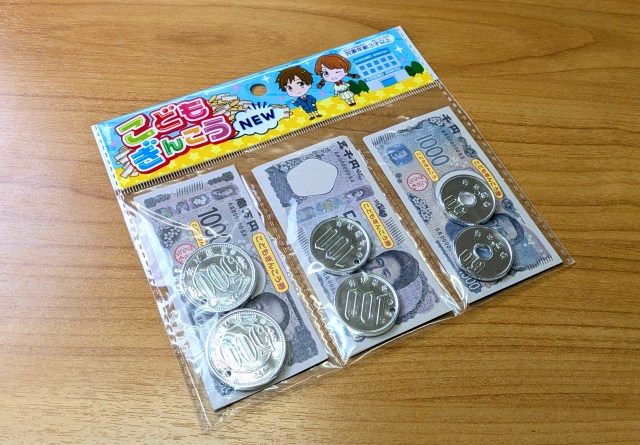
The new play money is also a great tool for grown-ups to practice using Japanese money.
On July 3, the Bank of Japan finally released its new designs for the country’s 1,000, 5,000, and 10,000-yen bills for the first time in 20 years. Since the previous bills still remain legal tender, there’s no need to exchange anything, but it’s certainly fun to check your change now to see when you’ll first encounter one of the new bills in the wild.
Can Do, one of Japan’s biggest 100-yen store chains, has also capitalized on the new money by swiftly releasing an updated version of its Children’s Bank (こどもぎんこう) series of fake play money. We were impressed by the speed of this change and decided to check out the product at our local Can Do location.
▼ The red star is a prominent part of Can Do’s logo, often appearing between the two words as well.
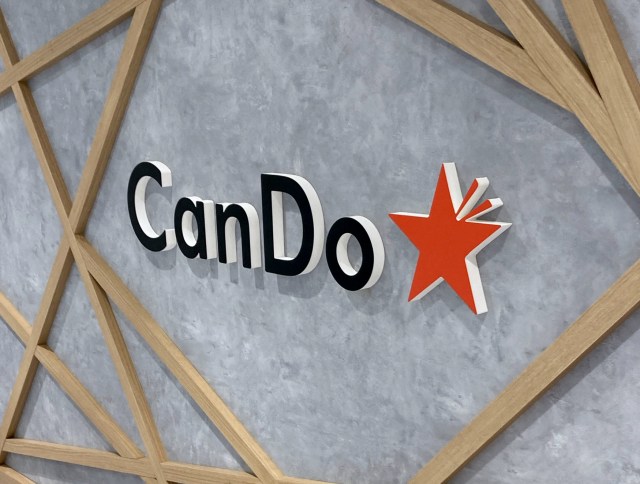
We were able to spot the play money very quickly in the store’s stationery section. Sure enough, the packaging had a bubble with the English word “New” on the front of it to signify the new bill designs. One package of the play money costs 110 yen (US$0.68), which includes Japan’s 10-percent sales tax, and is intended for ages three and up. We decided to purchase one of these packs, as well as one pack of play money based on the original yen designs that was hanging right next to it.
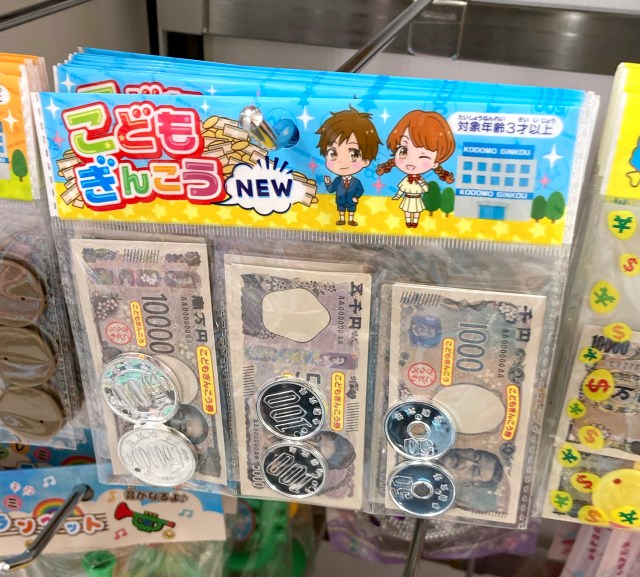
At home, we compared the new play money to the old play money (it definitely feels weird referring to those designs as “old”).
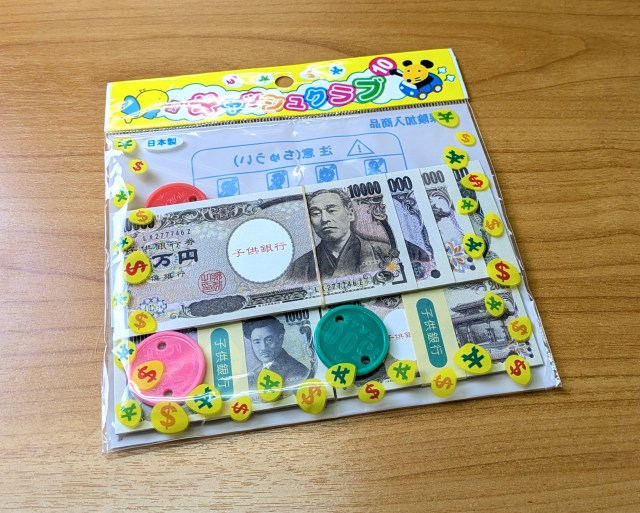
Opening the old kind first, we found 24 bills in total (including single larger versions of each bill), plus eight plastic coins in bright colors. The bills were made from fairly thick paper stock and felt durable.
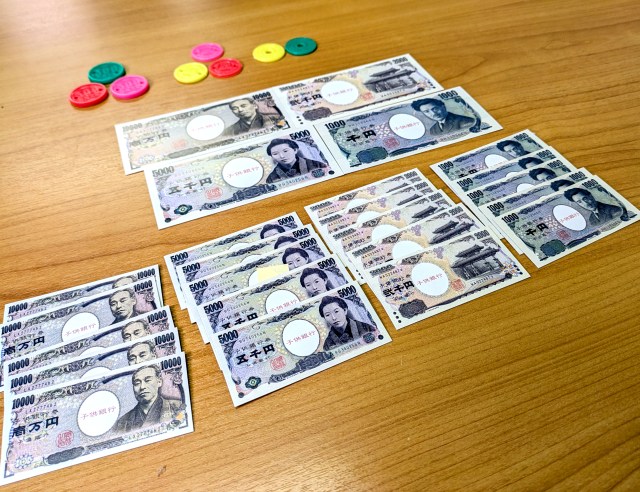
We were happy to see the familiar 1,000, 2,000, 5,000, and 10,000-yen bill designs all represented in this bundle, even though it’s been a while since we encountered a relatively rare 2,000-yen bill in actual circulation.
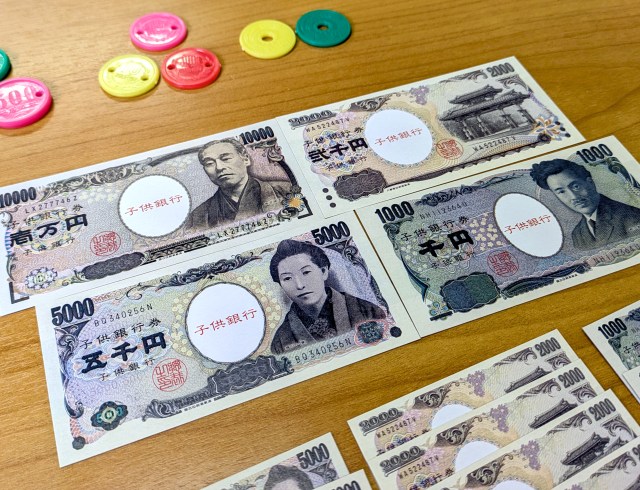
The main downside of these bills was that they were only printed on one side, and the backs of them were blank.
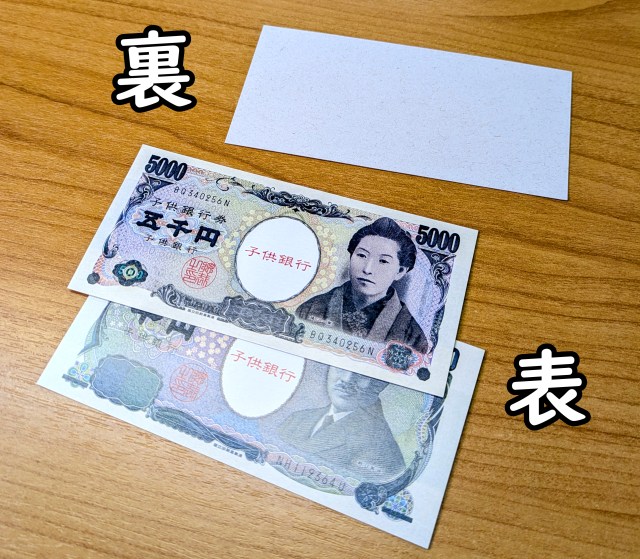
Next we opened up the new play money. There were nine bills in total plus six plastic coins that were more realistic-looking in terms of actual color and design. The 2,000-yen bill doesn’t make an appearance here because, well, no new design of it was released in the first place.
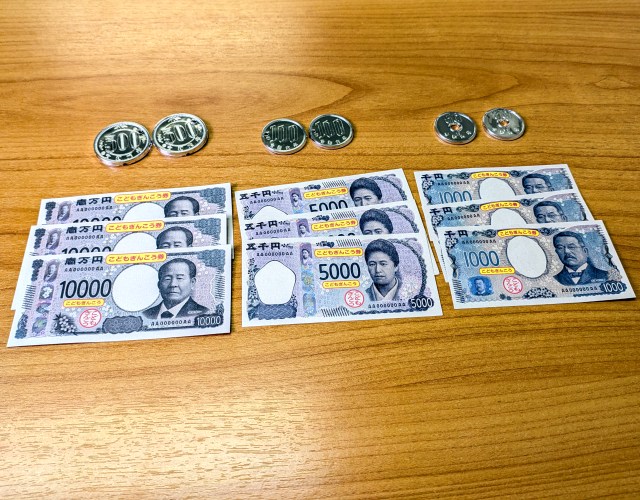
These bills were made from thinner paper and bent more easily, but the design rendering was exquisite–minus the holographic image that’s in the center of the real bills, but that’s to be expected.
▼ The yellow bubbles remind you that these are, in fact, Children’s Bank bills and not the real thing!
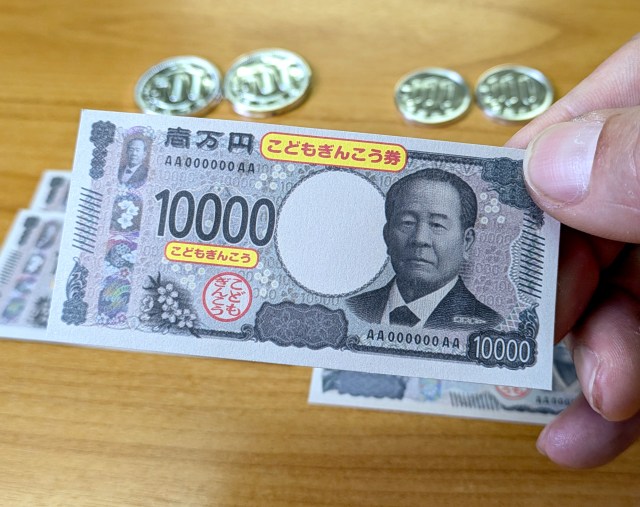
But the real surprise lay in what was on the back. They weren’t just blank like the older ones but were fully printed!
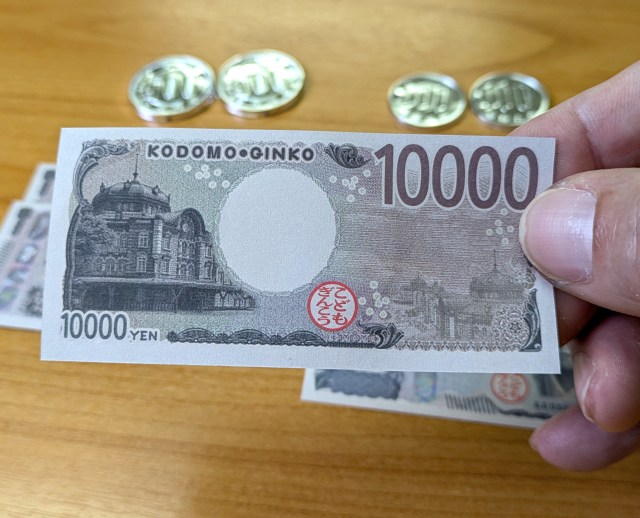
Finally, the new play money comes in different sizes proportional to the real thing (though all of them are still on a smaller than in real life). The attention to detail for something that costs only 100 yen is truly remarkable. Can Do, you Can Did!
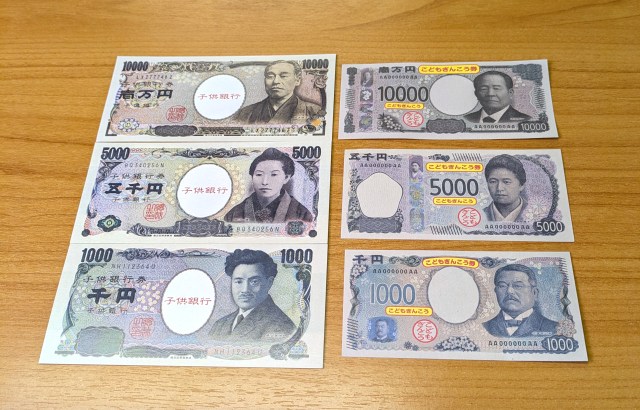
If you’ll be visiting Japan soon, we might recommend picking up a few packs of the new play money as a unique souvenir to go with your child’s kitchen play set back home to spice up their business with some international currency. I also use 100-yen store play money in my elementary Japanese classes while teaching numbers and to practice basic monetary transactions. So before you find the next thing that you want to spend all of your money on in Japan, maybe try to simulate the real deal with some of the fake stuff first.
Reference: Can Do
All images © SoraNews24
● Want to hear about SoraNews24’s latest articles as soon as they’re published? Follow us on Facebook and Twitter!
Credit:

0 comments:
Post a Comment